Planting zucchini and 4 principles of caring for them in the open field
The simplicity of agricultural technology, unpretentiousness and excellent taste of the fruits allowed plants from the pumpkin family to firmly settle in their summer cottages. Growing zucchini in the open field is a vivid example of the fact that you can provide a family with a rich harvest of healthy vegetables without spending a lot of time caring for the plantings.
Seat selection
For the rapid growth of zucchini, 2 conditions are needed: heat and light. Therefore, the beds for them are made in areas open to the sun, but not blown by drafts and cold northerly winds. The slopes from the south or southwest are ideal for planting all varieties of zucchini. If the plants do not have enough light, less ovaries form on them, and the fruits will ripen later.
Zucchini grows well after most garden crops. The only exceptions are their family brothers. If squash, pumpkins, cucumbers, melons, watermelons or zucchini and zucchini themselves grew on the site last season, it will be possible to plant the culture on it again not earlier than in 3 years. Otherwise, there is a high probability that pathogens will accumulate in the soil, which can destroy the plants.
Zucchini needs fertile soil, containing a lot of humus. They do not like acidic soil. For a good harvest to ripen, her reaction must be neutral. They begin to prepare a place for planting in the fall, digging up the soil, introducing organic fertilizers into it and liming it when its acidity is increased. This is the right thing to do, but it doesn't always work. If the autumn work was not carried out, this is not a reason to abandon the cultivation of zucchini. You can enrich the land in spring. How much and what kind of fertilizer is required depends on the size of the area where the plants are planned to be planted and on the type of soil.
- Superphosphate and potassium sulfate (1 tsp each of both drugs), wood ash (2 tbsp. L.) And humus (2 kg) are added to the peat soil. The latter can be replaced with compost. They take it in the same amount. Having scattered clay or loamy soil over the surface of the bed (1 bucket), they dig it up. Working depth - 20-25 cm. Having leveled the ground, spill it with complex mineral fertilizer. Prepare it by dissolving 1 tbsp. l. preparation in a bucket of warm (40 ° C) water. Consumption of the composition - 3 liters per 1 m². Until planting, the bed is kept under the film. It will help retain moisture in the soil and keep the zucchini warm.
- Chernozem soil for zucchini is prepared by introducing sawdust (2 kg), wood ash (2 tbsp. L.) And superphosphate (1 tbsp. L.) Into it.
- Clay soil and light loam are diluted with peat, sawdust and humus. Then superphosphate and ash are added to it in the same amount as for black soil.
- Dig up the sandy soil, scattering all the components recommended for clay soil over it and adding sod soil to them (1 bucket).
Growing seedlings
Zucchini is propagated by seeds that germinate well in the open field. They are also sown in a greenhouse or greenhouse. The seedling method of growing crops is also widely practiced, which accelerates the fruiting of zucchini and increases the number of ovaries. Soil for sowing seeds is bought or prepared independently, mixing in a ratio of 5: 2: 2: 1 the following components:
- peat;
- sod land;
- humus;
- sawdust.
Advice
If the acidity of the substrate is increased, it is neutralized with chalk or ash.
To make the soil mixture more nutritious, mineral compositions are added to it: ammonium nitrate or urea, superphosphate, potassium sulfate. You should not use fresh organic matter. It can provoke various diseases.
It is recommended to plant zucchini seeds in separate containers, or better - in peat pots. They are filled with prepared soil and spilled abundantly with warm water. The seeds are deepened by 2-4 cm. They are placed flat, the sprouted root should be directed downward. Plants are placed on the beds 20-30 days after sowing. If zucchini will further develop in a greenhouse or under a film, the seeds are planted in the first decade of April. When zucchini is grown without shelter, the procedure is carried out in early May.
Zucchini seeds germinate at temperatures between 18 ° C and 22 ° C. When the sprouts hatch, they need coolness. At night, the optimal temperature for them is in the range of 13-15 ° C, and in the daytime - 15-18 ° C. Such a regime is necessary so that the seedlings do not stretch out. When the young zucchini get stronger, and this will happen in 5-7 days, they return to their usual temperature - 20-22 ° C. The place where the containers with plants are located should be light.
What seedlings need
Zucchini seedlings care includes regular (at intervals of 5-7 days) watering. Water heated to 25 ° C is used for it. Moisture should be abundant. A glass of water is spent for each planting container.
Young plants will also need feeding, for which they take:
- superphosphate (5-7 g) and urea (2-3 g), dissolved in 1 liter of water;
- mullein diluted in a ratio of 1:10;
- growth stimulant solution prepared according to the instructions.
The quality of the soil used for planting determines how many procedures will need to be carried out. If a nutrient-rich substrate was used, only 1 fertilizer would be enough for zucchini seedlings. A week will pass after him, and it is time to plant them in the beds. If the soil mixture was not fertile enough, care in the form of dressings is carried out twice:
- 10 days from the moment the seedlings hatch;
- 7 days after the first procedure.
When the seedlings are 30 days old, they can be planted in a permanent place. When growing zucchini in greenhouse conditions, it is correct to do this in early May. Planting seedlings in open ground is carried out later - in the last days of spring or in the first days of summer. By this time, the earth will already warm up well. Before planting zucchini, the wells are watered with warm (40 ° C) water. The plants are carefully removed from the container along with the soil ball. It is necessary to plant young zucchini without shaking off the soil from the roots so as not to damage them. The stem should be underground up to the cotyledons.
Sowing in the beds
Many summer residents prefer to plant zucchini seeds directly on the beds, without spending energy on caring for seedlings at home. To get a good result, it is important to take into account the peculiarities of the culture. Zucchini seeds sprout at temperatures from 12 ° C to 15 ° C, but frosts are destructive for young plants. Therefore, it is necessary to plant them without shelter only when the probability of sudden cold snaps has been reduced to zero. This is usually the last week of May or early June.
Advice
To feast on fresh zucchini all summer, sowing on the beds is carried out in 2-4 doses, every 5-6 days.
Seeds sprout faster if placed in the soil after pre-treatment. Perform it in any of the following ways.
- For 24 hours the planting material is kept in a solution of a special preparation that stimulates the growth of seedlings. The seeds extracted from it are washed and slightly dried, and then sowing is carried out.
- Sprout seeds until they bite.
- Place the seeds in regular water heated to 50 ° C. In 5 hours they will be ready to disembark.
- Soak the seeds in a nitrophoska solution. The duration of such treatment is 10-12 hours, during which the seeds swell well.
Zucchini will need a lot of space to develop. The optimal planting scheme for them is 70x50 cm. The maximum number of plants per 1 m² of soil surface is 3. Before sowing, the holes are filled with fertilizers: humus and wood ash, adding 1 handful of each substance. The soil in them is slightly moistened.It is more practical to plant several seeds in them at once (3-4). Place them in the ground so that the pointed edge is directed upwards.
The embedment depth depends on the soil structure. If it is loose, the seeds are covered with a 5–7 cm layer of soil. If heavy, 3-5 cm will be enough. They usually sprout together, but insects can damage some of them. If nothing happens to the seeds, and they all germinate, the seedlings will need to be thinned out, leaving only the strongest of them to develop further. It is not worth pulling the rest of the plants out of the ground, it is better to carefully cut them off. After planting the zucchini, it is recommended to cover the beds with foil, and the next day to thoroughly loosen the soil on them.
Hilling and loosening
Growing zucchini is rewarding and not too troublesome. Caring for plants in the beds includes only 4 activities:
- watering;
- weed removal;
- top dressing;
- loosening.
When young zucchini form 4-5 leaves, they will need to be slightly spud (5 cm). This will allow the plants to develop additional lateral roots and become more resistant. Manual weed control and loosening of the soil under the squash bushes are carried out only in the early stages of their development. When their leaves close together, planting maintenance will become even easier. No matter how many new weeds appear in the beds, they simply will not be able to survive under a dense canopy.
Zucchini love to have air and moisture freely flowing to their roots. In dense soil, their development and fruit growth slow down. The frequency of loosening is determined by the quality of the soil on the site. If the zucchini grows on loam, it is best to spend them constantly. On such a soil, a hard crust quickly forms, which must be broken all the time, otherwise you will not get a good harvest. They loosen the soil in the aisles and always at the central plant stem.
Zucchini do not need shaping and pinching. If the bush has grown too large, it is pruned, removing the largest leaves. So its core will be better illuminated by the sun, which means more fruits are formed. Ripening zucchini lie on the ground. To protect them from rot, small planks are placed under them.
Watering and feeding
For watering zucchini, water is used, the temperature of which is 25-30 ° C. Underground parts of plants react more sharply to cold than aboveground ones. It is carried out every 7-10 days. Water is poured strictly at the root, otherwise rot may appear on the ovaries. If the zucchini has not yet bloomed, 5 liters of liquid are spent on 1 plant. With the beginning of fruiting, its volume is brought to 10 liters.
Particular attention should be paid to regular moistening immediately after placing the seedlings in the beds, during the period of budding and flowering, and at the stage of mass formation of ovaries. Such care will allow you to get a high-quality harvest. The vegetables will be larger, and the ripening process will not end ahead of time. Zucchini is watered almost until the end of fruiting, stopping to moisten the planting only 7-10 days before the last crop is harvested.
Leaving in the form of dressings is carried out twice a season: when first buds appear on the zucchini bushes, and then ovaries. Zucchini respond well to organic and mineral compounds: superphosphate, potassium nitrate, bird droppings, mullein. For abundant fruiting, they need phosphorus and potassium, but chlorine is contraindicated. At the beginning of the flowering of zucchini, nitrogen-containing fertilizers are also applied.
Advice
You can do without top dressing, but only if you plant the plants on compost beds. Most often they are made from dried potato tops, to which semi-rotted compost, prepared last year, is added.
Zucchini is tasty and healthy, and besides, they will add variety to any menu. A huge number of dishes are prepared from them, from pancakes to jam. They go well with most other vegetables, fish, meat, mushrooms, cereals. Their low calorie content was appreciated by nutritionists. Vegetarians also enjoyed zucchini.And thanks to its rich chemical composition, zucchini are widely used in folk medicine and cosmetology.
Zucchini grows quickly, forming many ovaries. Their fruits can be kept fresh for months, patiently waiting for their finest hour. Culture care is very simple. Even beginners in the gardening business will successfully cope with the cultivation of this seemingly modest, but full of advantages of the plant.
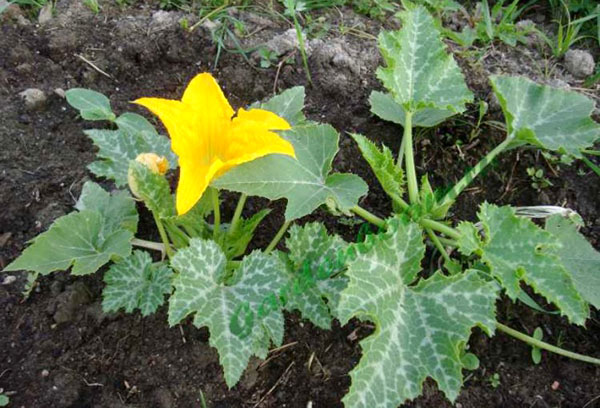
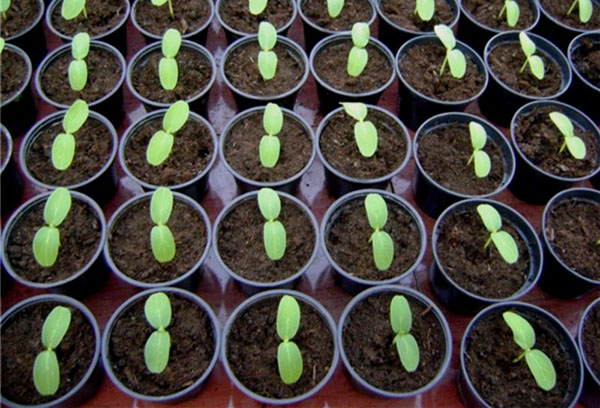
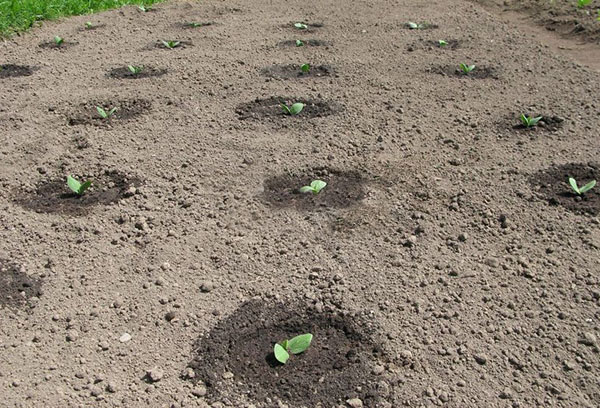
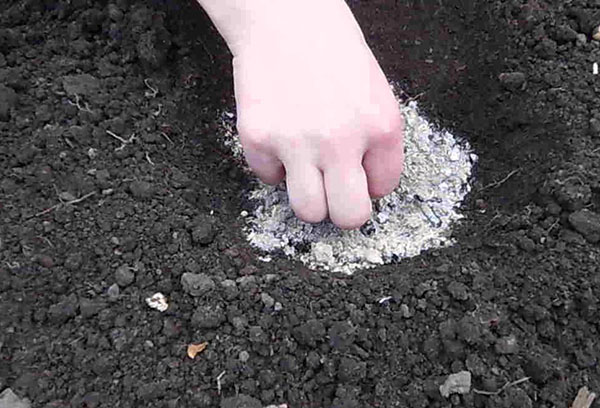

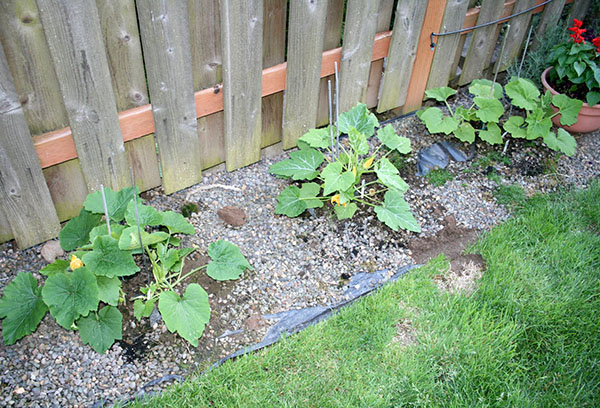
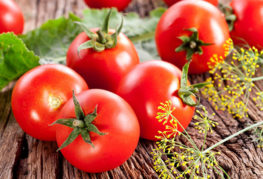
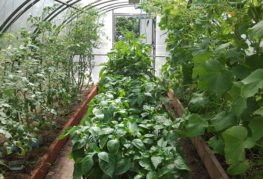

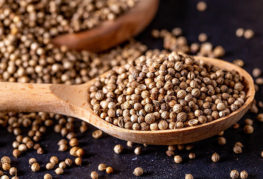
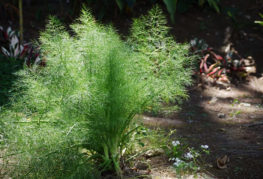
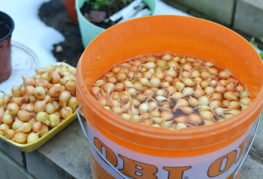
and will be published shortly.